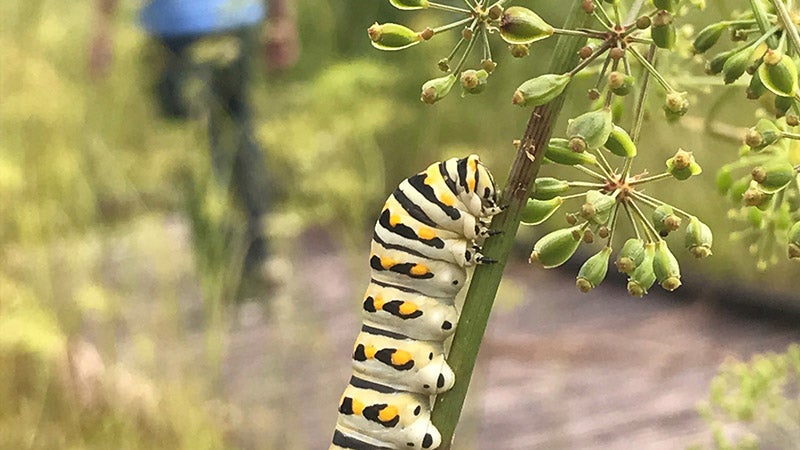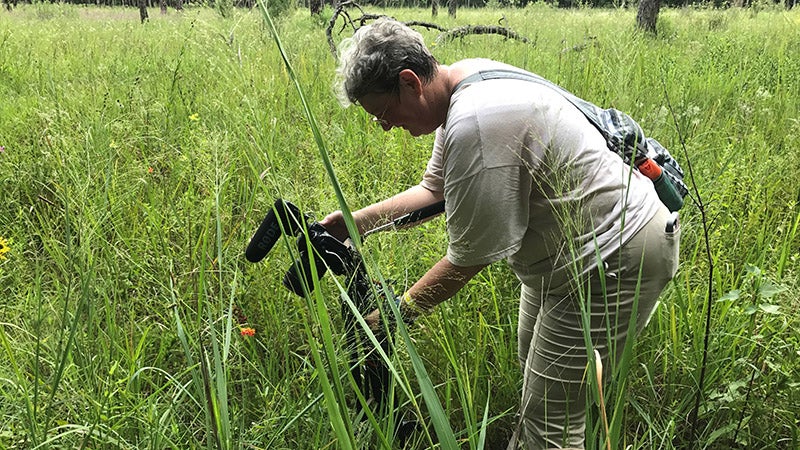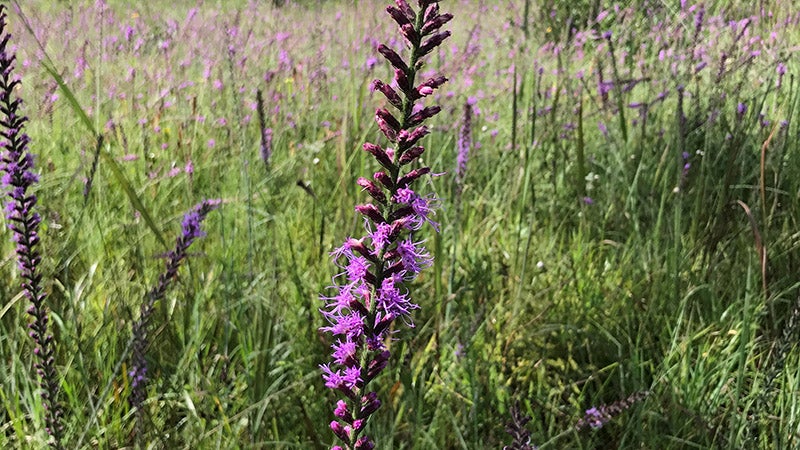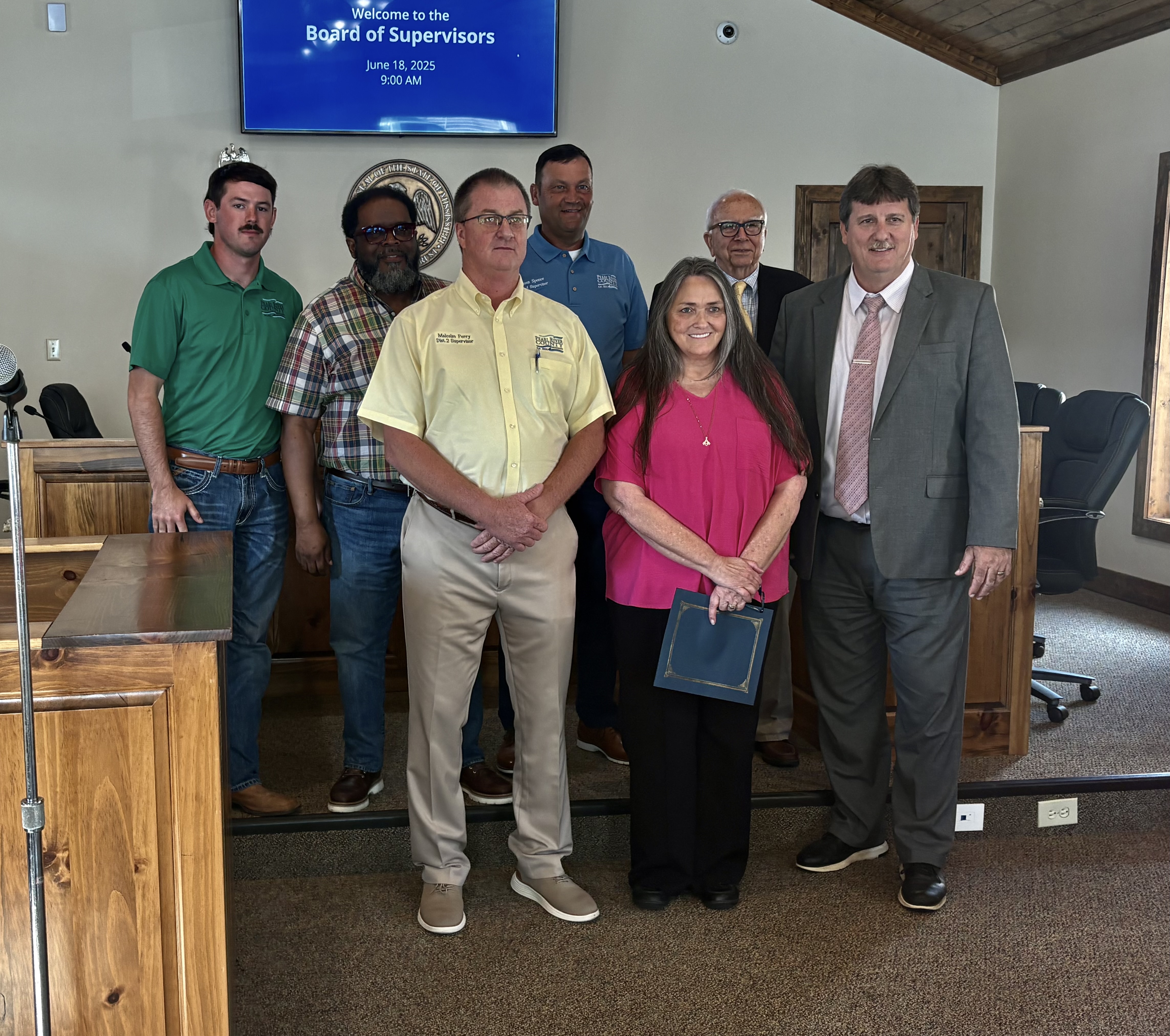The Crosby Arboretum’s pitcher plant bog: A photographer’s delight
Published 7:00 am Wednesday, September 2, 2020




By Pat Drackett
Crosby Arboretum Director
This past Saturday was a perfect morning for our botany and photography field walk, the first program the Arboretum has offered since March. Participants brought their cameras and smart phones to photograph the blooming wildflowers in the Savanna Exhibit. In addition to myself, the walk was led by photographer Diana Thornton, who provided tips on photo composition, camera settings and other advice for taking better photos.
Diana carried a few simple but impressive tools, such as a light backpack that surprisingly turned out to also be a field seat, and a light and versatile tripod. She pointed out various light conditions that could be challenging and discussed how to make adjustments to capture the right balance as conditions changed.
Another treat was to be accompanied on our walk by state botanist Heather Sullivan with the Mississippi Department of Wildlife, Fisheries and Parks in Jackson. Sher filmed portions of our walk to share with members of the Mississippi Native Plant Society. Heather coordinates the Mississippi Natural Heritage Program and is curator of the herbarium at the Mississippi Museum of Natural Science.
We began our walk on the east side of the Pond Journey Trail, pausing from time to time to discuss the characteristics and uses of some of the native plants catching our attention – southern blue flag Iris, Elliot’s blueberries, red bay, bald and pond cypress trees and a handsome evergreen shrub called buckwheat tree.
Crossing the Cypress Cove deck, we left the cool forest to enter the brilliant sun of the south pitcher plant bog and a true garden of delights that awaited us. We were grateful for the shade offered by tall slash pines near the path. With the wide variety of late-blooming summer perennials before us, it was not easy to know where to start!
Deep purple blooms of Liatris spicata were the highlight of the bog, but it wasn’t long before we started finding other less numerous but equally spectacular plants, such as several scarlet pine lilies nestled among the other blooms. These solitary lilies are exquisitely attractive but also very ephemeral, lasting only a day.
We were mesmerized by the show of so many butterflies fliting around the huge patch of Liatris patch. Here and there, we delighted to the sight of black swallowtail butterfly caterpillars that were attached to the thin stems of a plant called water cowbane, which looks like a tall Queen Anne’s lace. These caterpillars chomp on this “host plant” and eventually build cocoons and rest for a few weeks, until the adult butterflies emerge. They are soon drawn to the sweet nectar of the Liatris flowers!
Thin stems of other perennials such as ladies’ hatpins, brilliant orange fewflower milkweed and wispy yellow eyed grass were evident as we strolled the path. Tall stems of vanilla plant, also called deer’s tongue, were unfolding clusters of purple flowers. At one time the leaves of this plant were used to flavor pipe tobacco.
The Latin name for deer’s tongue is Carphephorus odoratissimus. It can be found in several portions of the Savanna Exhibit, and particularly the southern portion of the Savanna Exhibit near the Pitcher Plant Bog. This plant doesn’t like it quite as wet as the bog, sticking to the drier side of the trail. Like swamp sunflower, deer’s tongue is also a member of the Aster family. The perennial has obviously received its name from having leaves resembling a deer’s tongue.
Deer’s tongue keeps an evergreen rosette of leaves throughout the winter months. The plant grows in full sun to part shade and naturally occurs in wet flatwoods, growing three to four feet. It will perform well in average moisture and typical garden soil, and is attractive to bees, birds and butterflies.
Grounds manager Terry Johnson will lead a field walk on September 12 from 9:30 to 11:00 a.m. and journey through the Swamp Forest, Gum Pond and Savanna educational exhibits. He will give the group a sneak peek of the soon-to-be-open construction projects located in the Gum Pond Exhibit, discuss the management of the Savanna Exhibit through prescribed fire and point out plants of interest encountered along the way.
The walk is free to members, and $7 to non-members. Reservations are required and space is limited. Please call the office at 601-799-2311 to sign up.
For information on the Arboretum, visit www.crosbyarboretum.msstate.edu. The public garden is open Wednesday through Sunday. The business office is open 9 a.m. to 5 p.m. Exit gates close at 4:30 p.m. We are located in Picayune, I-59 Exit 4, at 370 Ridge Road.









